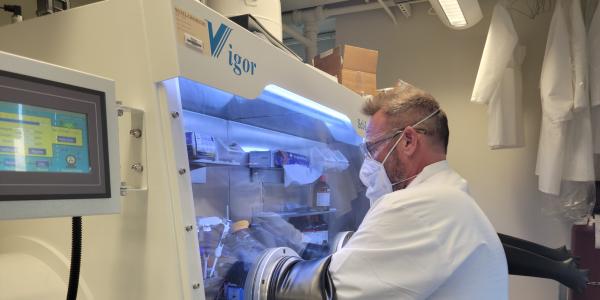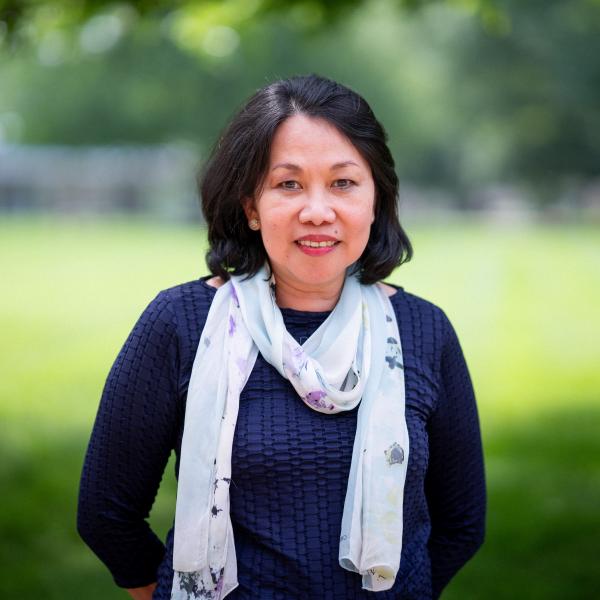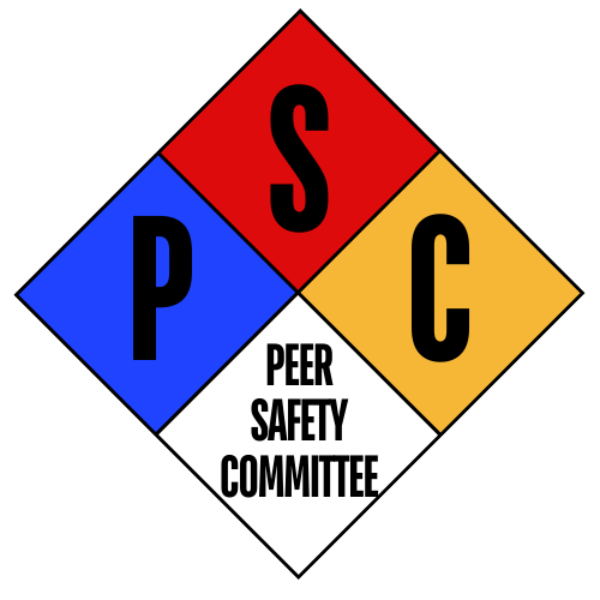“Green energy” research offers high school teacher hands-on experience in lab, including opening the fume hood sash for work on sensitive materials from photocatalysts to sulfuric acid.
Research from the lab of Bryce Sadtler at Washington University in St. Louis uses light to image and control energy conversion in inorganic nanostructures. This summer, Whitfield School chemistry teacher Chris Sellers traded sunscreen for PPE and an opportunity to be part of the green energy solution. Sellers was part of a National Science Foundation Grant that partnered with the ISP (Institute for School Partnership) to engage a high school chemistry teacher in both scientific research and curriculum development on the topics of solid-state chemistry and nanomaterials for solar energy conversion.
“One of the grand challenges of twenty-first century chemistry is to convert abundant energy-poor molecules to energy-rich molecules using sunlight as the energy source. We need to replace fossil fuels with solar fuels such as hydrogen from water.” – Harry Gray
“By far the most exciting experience was preparing the piranha solution,” Sellers said. Piranha solution is a mixture of sulfuric acid and hydrogen peroxide, used to clean organic residues off microscope slides. All possible safety measures were in place for this exercise. “It is clear that safety is a fundamental priority at WashU. The training was robust, intentional,” Sellers added. “There is a culture of doing things the right way.”
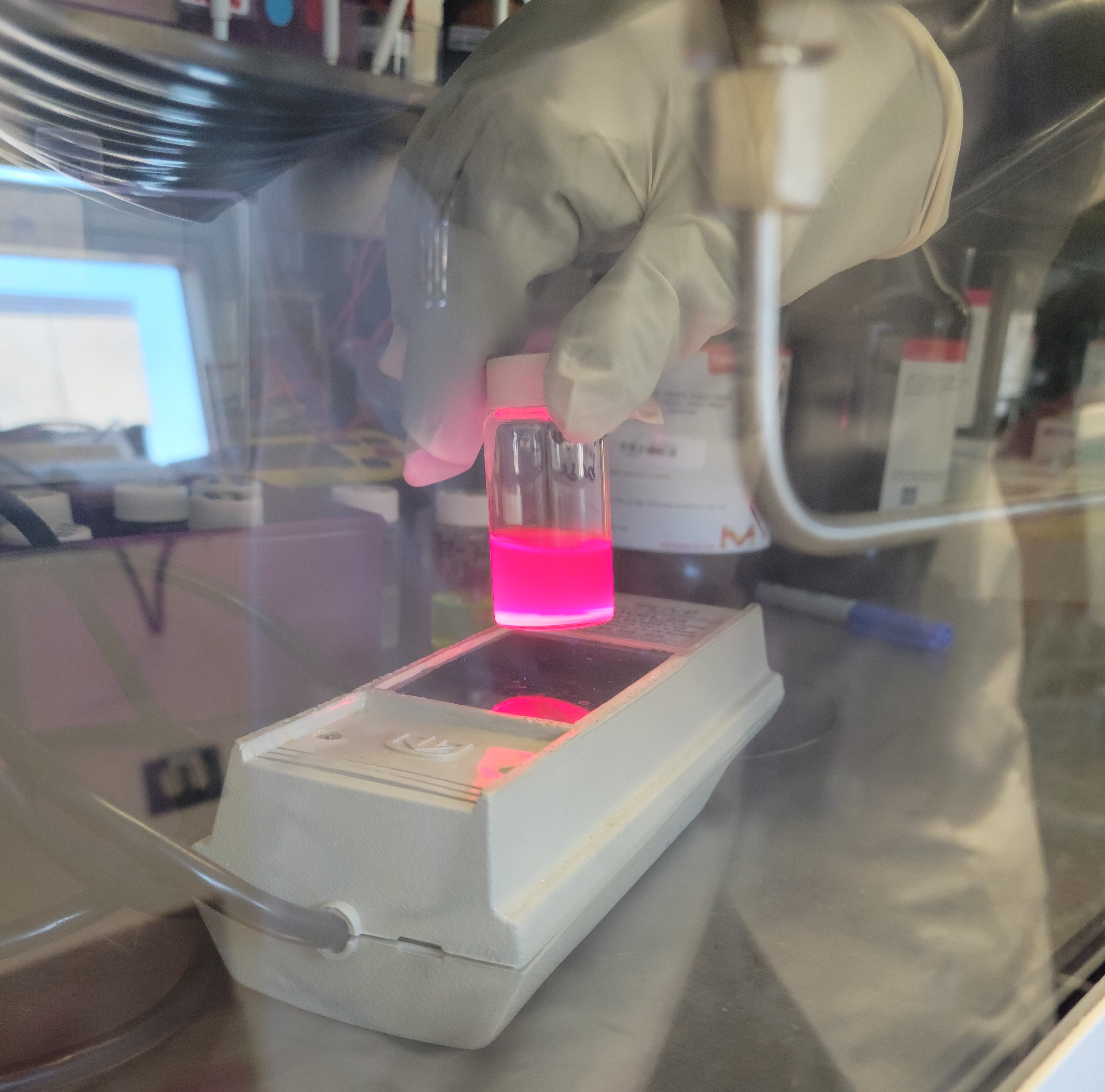
After safety training, Sellers wasted no time before being shown the ropes by graduate student William Rackers. Rackers’ research is centered on photocatalysts, small particles that can use solar energy to produce useful chemical fuels that could replace gasoline to power your car.
“To study the properties of these materials, we use a technique called single-molecule super-resolution fluorescence microscopy,” Rackers explained. “We record the individual reactions of dye molecules on bismuth oxybromide photocatalyst particles to obtain the reaction location to ~40 nanometer precision. Using this information, we can spatially resolve variations in the photocatalytic activity of individual nanoparticles to better understand the chemical properties that determine their activity.”
“One of the aspects that really stood out to me was the diversity of elements that are involved with the chemistry,” Sellers said. “Building silicon electrodes from scratch entails room temperature soldering with a gallium-indium eutectic, coating with a conductive silver paint, and sealing with a blue nail polish. Illuminating cesium lead iodide with ultraviolet radiation. Imaging bismuth oxybromide crystals. Nickel coating fluorine doped antimony tin oxide substrates. It’s just a lot of elements!”
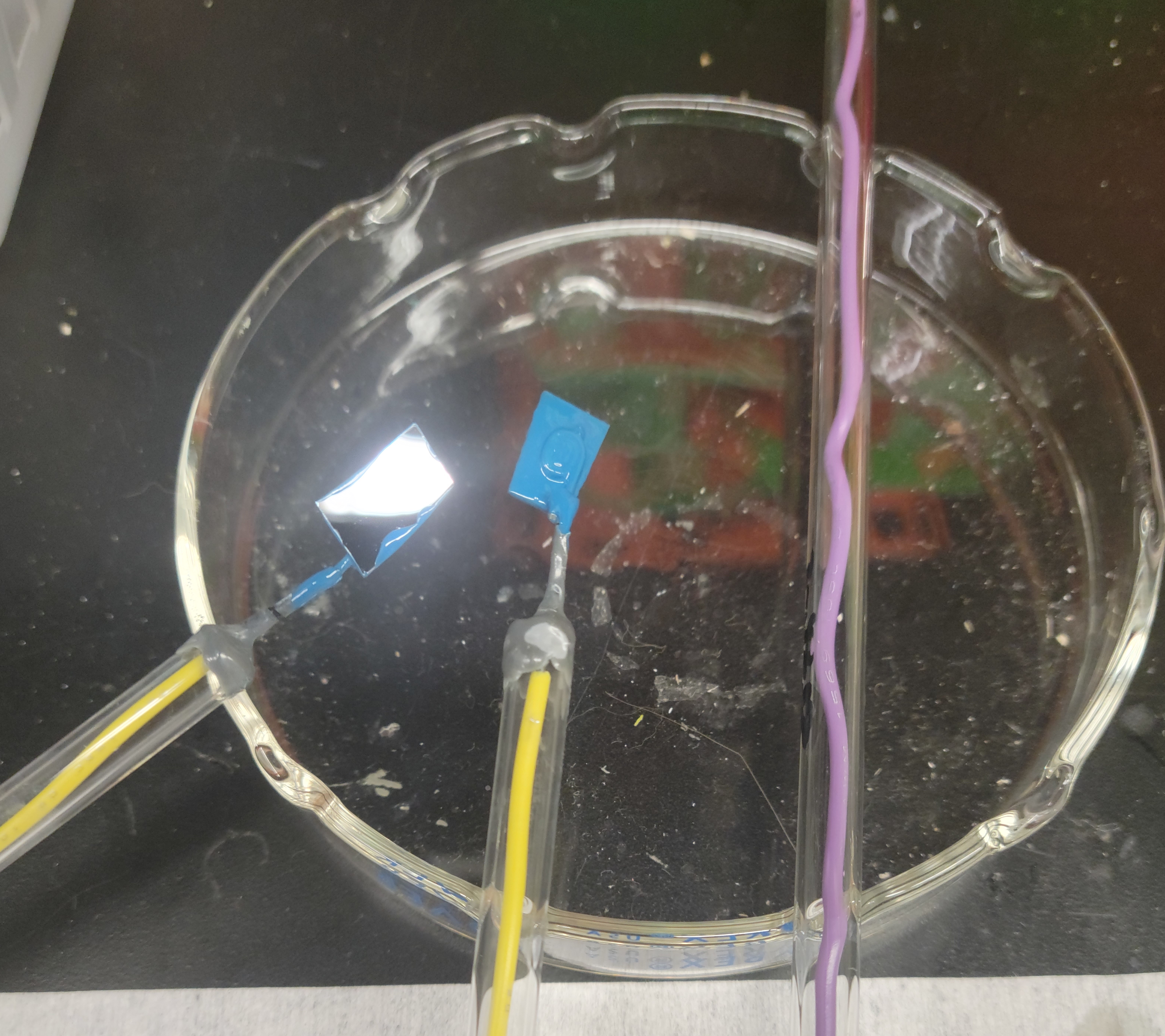
Sellers prepared these electrodes for 5th year graduate student Jiang Luo, who studies methods for synthesizing new materials for energy storage.
“Electrodeposition provides a scalable method to synthesize next-generation materials for energy conversion and storage,” Luo explained. “However, electrodeposition typically leads to films with low crystallinity. We discovered that the spontaneous formation of a seed layer during the electrodeposition of bismuth selenide enforces growth of the metastable orthorhombic phase. This unique growth mechanism alleviates the need for a single-crystal substrate and enables us to grow semiconductor films with high crystallinity.”
Electrochemistry is another area where the Sadtler Lab is excelling. “The entire premise relies on measuring the movement of electrons, negative particles so small that they have never been seen,” Sellers said. “Each experiment is designed carefully with the expectation of learning something about the nature on which these charges interact with surfaces.”
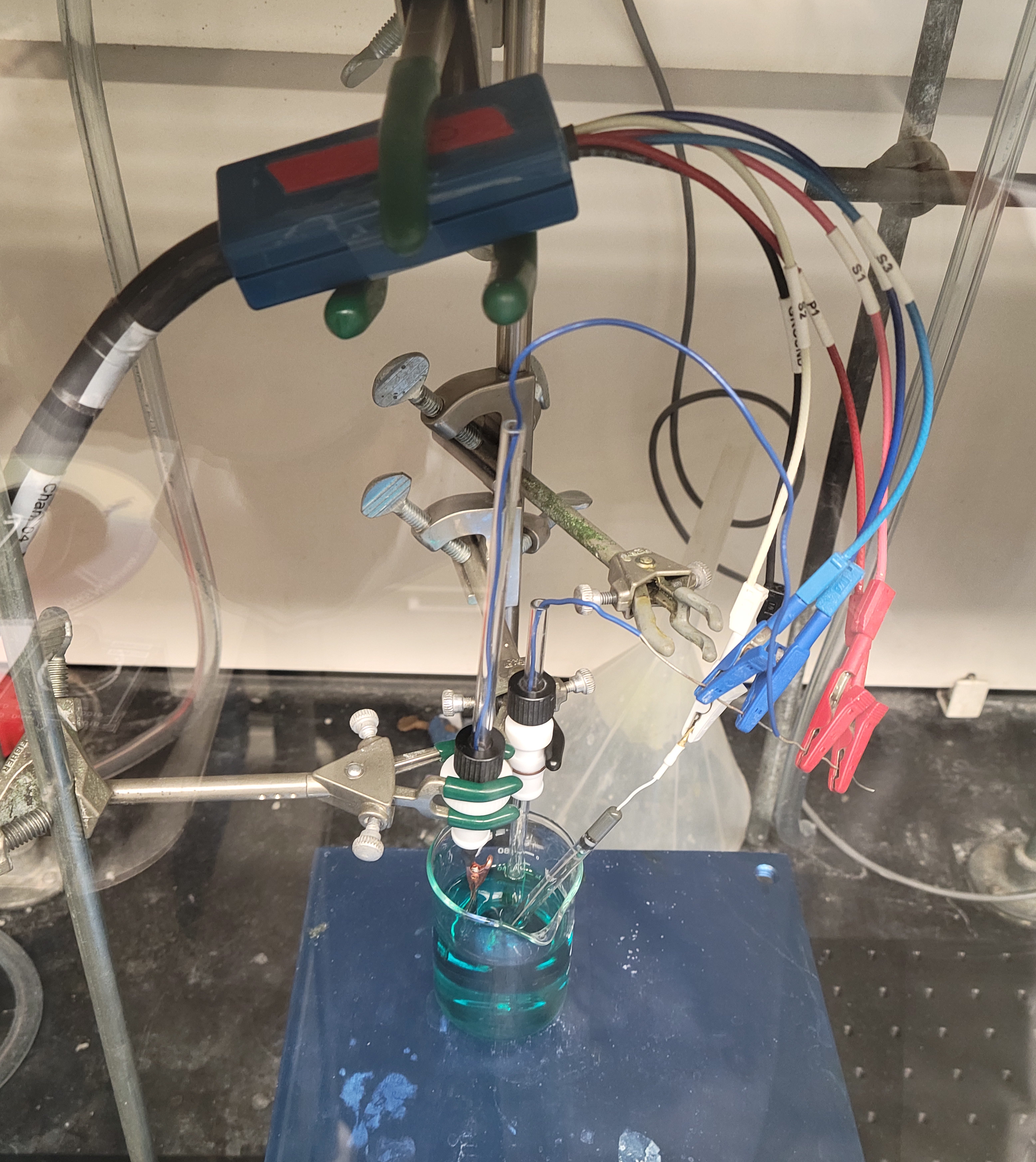
Graduate student Ashlynn Berry’s primary research is focused on nanoconfinement.
“Nanoconfinement is restricting the volume of catalyst particles to nanoscale dimensions,” Berry said. “We are investigating the effects of nanoconfinement on catalysts for the oxygen evolution reaction. Using electrochemical techniques to create nanoconfined catalysts we study their activity, structure, and activity trends to design a more efficient catalyst.”
Berry’s activity is not limited to the lab. She is also a prominent member of the campus organization Catalyst for Change, C4C, an outreach group that promotes science to first-year high school girls. This fall, Berry will be presenting three talks to middle school students at Whitfield School, City Academy, and Momentum Academy, storytelling her pathway in STEM and encouraging others to follow in her footsteps.
Sadtler remarked, “I am strongly committed to enhancing science education for students that are underrepresented in STEM-based careers. Ashlynn’s outreach through the STEM SVANTE Program will catalyze this effort.”
Sellers hopes to extend his learning to the school year through monthly seminars modeled after the IMSE Lunch & Learn Series. With STEM education at the center of the discussions, teachers will share risks they have taken in the classroom and invite colleagues for input and collaboration – just in time for the new school year.
This program was supported by the National Science Foundation, No. 1753344.
The Department of Chemistry at Washington University has a tradition of excellence, combining deep commitments to fundamental research and classroom teaching. Our department is made up of a close-knit group of teacher-scientists who provide a superior education in chemistry. Our students gain a strong foundation in the core areas of chemistry: organic, physical, inorganic, nuclear, and theoretical. Special emphases in the department include emerging interdisciplinary fields as organometallic, bioorganic, biophysical, macromolecular, polymer, environmental, and materials chemistry.
Our state-of-the-art facilities include the newly renovated Bryan Hall, which adds 28,000 square feet of research space to our footprint. The department is home to 30 teaching and research faculty members and roughly 90 undergraduate chemistry majors, 100 graduate students, and 20 postdoctoral research associates and research scientists.
Collaboration with other departments is a hallmark of our program. We collaborate actively with members of the Departments of Biology, Earth and Planetary Sciences, and Physics. We also collaborate with a number of departments in the McKelvey School of Engineering and in the School of Medicine. Our interdisciplinary research teams are perfectly poised to confront and help solve difficult issues in energy, health, education, security, and defense, and our students are trained to be leaders in these fields.

